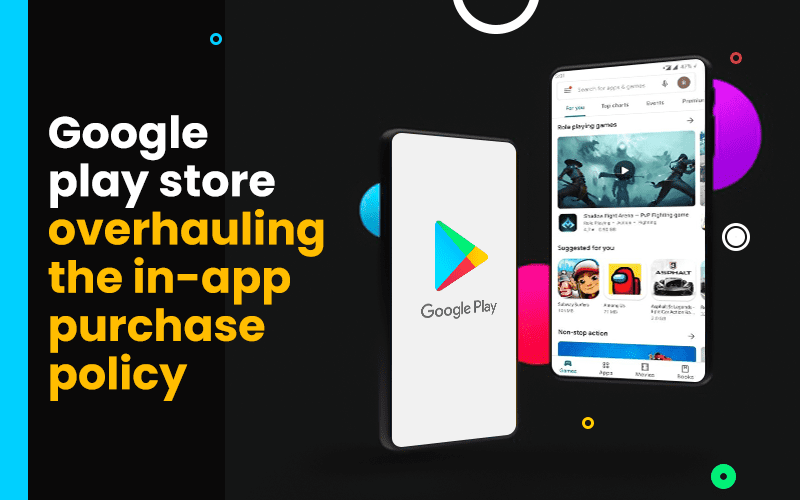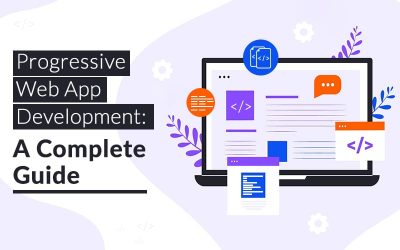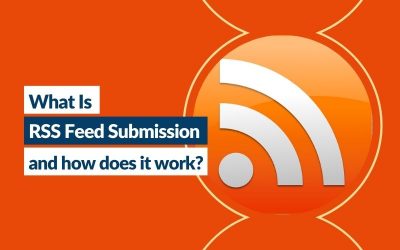Google Playstore Overhauling The In-app Purchase Policy
Many buzzes have been created since the global tech giant Google announced some augmentations in its play store IAP (In-app purchases) policy. According to Google, the policy was always applicable on the play store and Google was light about it, but now the play store is imposing the policy on new apps and existing apps without any halt.
Google announced its updated payment policy in September 2020, the enforcement of which has begun from Jan 20, 2021, on new apps. However, for the existing apps, Google has given the developers time to bring their apps like Netflix and Spotify, that use credit card payment for the customers to pay them directly, in compliance with the updated system by Sep 30, 2021.
Which apps fall into the category?
Many of the apps that come with digital goods will be the ones to form a major part of Play Billing.
Contrary to many developers’ beliefs, the play store will not be charging for the services that already include the payment for service usage.
The table below gives a clear picture of the apps that use IAP.

30% commission on IAP: The two faced coin
As soon as google updated their play billing features, the developers have been divided into two classes, one favoring the decision and the other that opposes it. Of course, everything has some pros and cons.
While the small developers are clearly not happy with Google’s decision, Google says that their decision aims to ameliorate the ecosystem on the whole.
What is good about IAP enforcement?
According to Google, the play billing policy is more equitable as the service fee is applied only to those apps in which the developers charge users for downloading their app or have any in-app digital goods.
“We’ve always required developers who distribute their apps on Play to use Google Play’s billing system if they offer in-app purchases of digital goods, and pay a service fee from a percentage of the purchase,” wrote Sameer Samat, VP of product management at Android
This business model allows Google to reinvest in the platform, streamlining the platform’s success to that of the developers. The IAP policy will inspire the app developers to produce better goods and services to be tempted to invest in them. Google also highlighted that the policy applies to fewer than 3% of developers with apps in the Play Store, and the rest 97% already comply with the policies.
Moreover, Google Play has a business model and billing policy that allows them to invest in their platforms and tools to help developers build a successful business to keep the user engaged and safe. Having such a payment system is the core of a thriving marketplace.
Talking about the payment systems, we all know that there is no payment gateway safer than Google. After all, 50 million people in 30 countries use Google Pay every month. Thus, having a payment system that is competent and reliable that is also managed from the central location will be a positive aspect of enforcing the in-app payment system.
What do developers say about it?
While Google has taken the safe side by saying that their newest policy favors the developer, the developers, on the other hand, do not seem to be very happy about it.
For a long time, the Google Play store has been an affordable platform for app developers, which now seems to be changing. According to the small developers, they will be stomped on and will lose the ability to publish and build apps easily.
In their opinion, google is deducting 30% regardless of what the developers pay for the cloud services, content purchases, and efforts made into app development.
However, Google believes that the developers will understand that the cut is only to provide them with better services and maintenance for their apps down the line. The service is a core to powering the entire ecosystem, including the building of android and its developer tools that will, in turn, provide better apps to the users in the long run.
However, Google ads are another way of earning for the developers.
What is the buzz about Google Ad revenue?
In addition to the commission from the in-app purchases, the google play store also charges big developers to show their ads at the top, just like the ad results in search engines. As a result, the big developers are standing out in the play store, leaving little room for the small developers to showcase their apps.
This is an intelligent move by Play store, where they are charging for the in-app purchases and from the ads and giving exponential profits to big developers and making it harder for the small developers to survive in the marketplace.
So, according to some developers, the ad revenue from big developers is crumbling the ecosystem rather than strengthening it.
And there is a catch 22…
Although the Play billing system and the ad revenue is beneficial to Google, there is an immediate dark side to the system and a few developers.
Unlike the big tech companies that do not have issues with in-app payments, some small developers have just stepped into commerce and are trying to build better apps. The policy will be a loss to all those trying to keep their heads out of water.
Let us understand it this way – If the small developers need to have access to better developer resources and provide enhanced services to the users, including a safer payment gateway, they will have to pay the 30% cut. If they agree to pay the 30% cut and not have a good ROI, these small developers will soon vanish as they could succumb to the big developers and lose more than they could earn.
Let’s even out the odds
However bad or good it may sound, Google Play stores have come in line with the Apple stores in charging the 30% cut from the developers. However, Apple has decided to cut down the cost to $15 for the apps with less than $1 million in annual net sales on its platform.
According to Google, it will strengthen the ecosystem and provide fairgrounds to every app that comes at a price or has in-app resources. The policy will also neutralize the behavior of first-party apps and third-party apps.
The consequences of enforcing the billing policy will surface over time, until then, the developers and Google can only predict the outcomes and hope for the best.
FAQ’s
Q1. Will the same billing policy apply to Google apps?
As per the latest guidelines issued by google on the IAP, a 30% cut will apply to google apps too! However, It does sound like google is paying back to itself, but this ensures no bias between G-apps and other apps.
Q2. Will the developers be allowed to use app purchases outside the app store?
Yes, according to google, the developers have the right to allow alternate purchase platforms to the users. They can also provide offers and discounts via Emails.
Q3. Is the google billing policy applied to promotions?
As long as the communications are happening outside the platform, the policy rules will not apply to the promotions. The developers have the right to promote their apps via Email marketing or messages.
Q4. Is app category a factor in determining the billing amount?
No, it doesn’t matter in which category your app falls into. The 30% rate will be the same across all the apps regardless of the category of app.
Q5. Does the google billing policy also apply in countries where play stores are banned?
As long as the google support is considered, there aren’t many countries that do not support google services. However, if a case arises where the google play store is banned, the developers have to use state-owned company services.
Google has not yet shed light on such issues, but it won’t be long that play stores will come up with some suggestions.
Until then, happy development!



